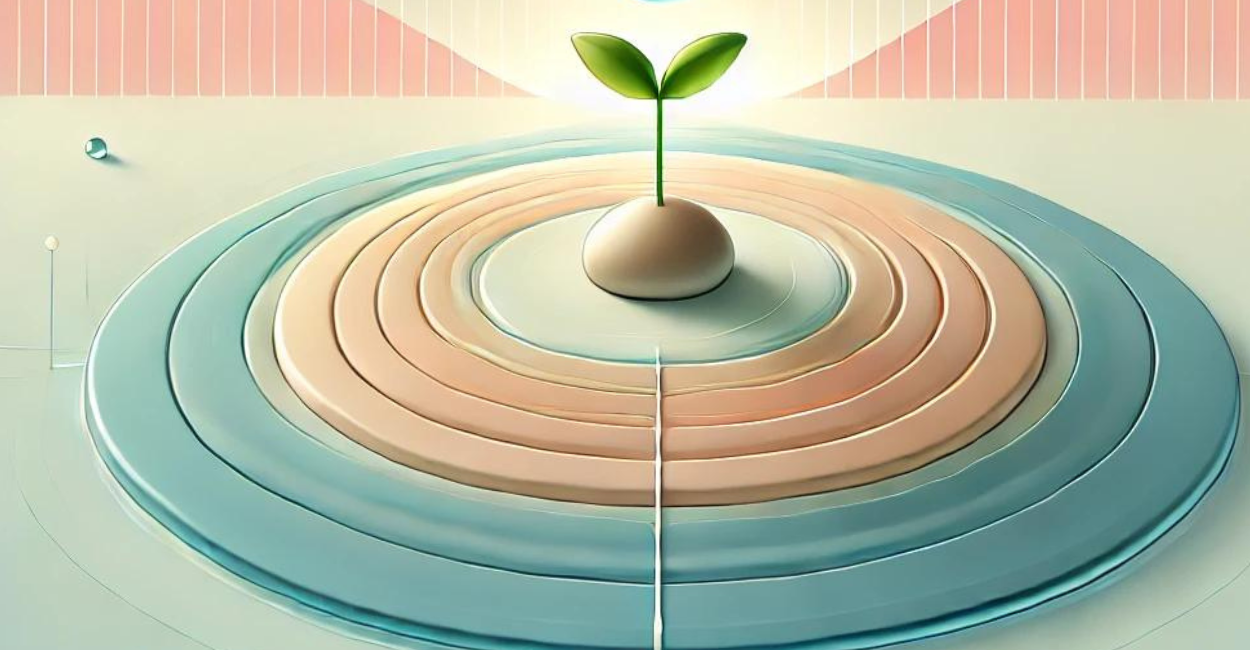Proper moisture is one of the most critical factors for successful cannabis seed germination. But how do you ensure that the seeds always receive the optimal amount of moisture? In this moisture guide, you'll learn how to control moisture for your seedlings and what to do if there is too much or too little moisture.
Table of Contents
- How to Ensure Optimal Moisture: A Comprehensive Guide
- Why is Moisture So Important for Germination?
- How Much Moisture is Optimal?
- Tips for Avoiding Too Much Moisture
- When Should You Be Concerned?
How to Ensure Optimal Moisture: A Comprehensive Guide
Proper moisture levels are crucial to supporting cannabis seed germination and fostering the growth of healthy seedlings. But what is the optimal moisture level, and how can you ensure it? In this article, we provide practical tips for moisture control during germination.
Why is Moisture So Important for Germination?
Moisture plays a crucial role in activating the germination process. Once the seeds come into contact with water, they begin to swell, softening the hard seed coat and initiating germination. Without sufficient moisture, the seeds dry out and die, while too much moisture can lead to waterlogging and mold formation.
Moisture Retention: Use seed-starting soil, Jiffy pots, rock wool cubes, or peat pellets that retain moisture and gradually release it to the seeds, creating an optimal germination environment. Learn more about the best seed-starting soils, rock wool cubes, peat pellets, and containers.
Monitor Moisture: Regularly check the moisture level of the medium in which the seeds are germinating to ensure they are not drying out or becoming too wet.
How Much Moisture is Optimal?
The optimal moisture level should be high enough to allow the seeds to swell but not so high that the seeds are submerged in water. A relative humidity of about 70-90% is ideal. To create these conditions, you can place the seeds in a germination box or cover them with a clear plastic lid to retain moisture.
Retain Moisture: To keep the moisture stable, make sure the germination medium does not dry out. A simple way to retain moisture is by misting the soil with water or using a spray bottle. These methods help maintain the optimal moisture balance and enhance germination conditions.
Tips for Avoiding Too Much Moisture
Too much moisture can be harmful and cause the seeds to suffocate or develop mold. Here are some tips to prevent that:
- Well-Ventilated Location: Ensure that the location is well-ventilated to allow excess moisture to escape. A well-ventilated area reduces the risk of waterlogging and promotes healthy germination.
- Drainage System: Use containers with drainage holes to avoid waterlogging. This ensures that excess water can drain away and the seeds are not sitting in too much moisture.
- Don’t Overwater: Water only when the germination medium is slightly dry. Overwatering can lead to waterlogging, which can negatively impact germination.
When Should You Be Concerned?
Overwatering and drying out are the most common problems during germination. If your seeds do not begin to germinate after a few days, check the moisture and adjust the conditions.
- Overwatering: If the seeds become mushy or rotten, they have likely received too much water. Be sure to reduce the amount of water and improve ventilation.
- Drying Out: If the medium is dry and the seeds look shriveled, they may not be getting enough moisture. Carefully increase watering to rehydrate the seeds.
Proper moisture is key to successful cannabis seed germination. By carefully monitoring and adjusting moisture levels, you can ensure that your seeds germinate healthily and develop into robust seedlings. With these tips, you’ll be well-equipped to ensure the optimal moisture level for germinating your cannabis seeds and preparing for a successful harvest.

